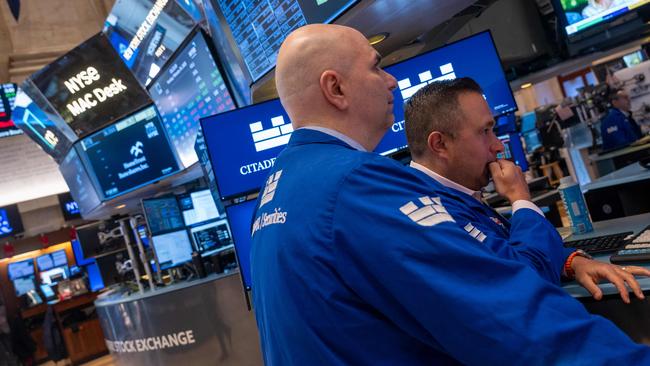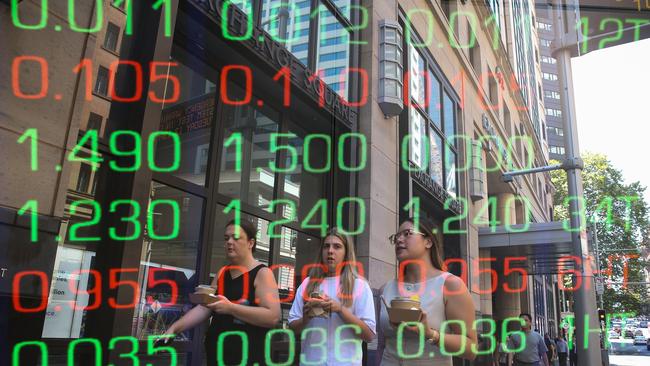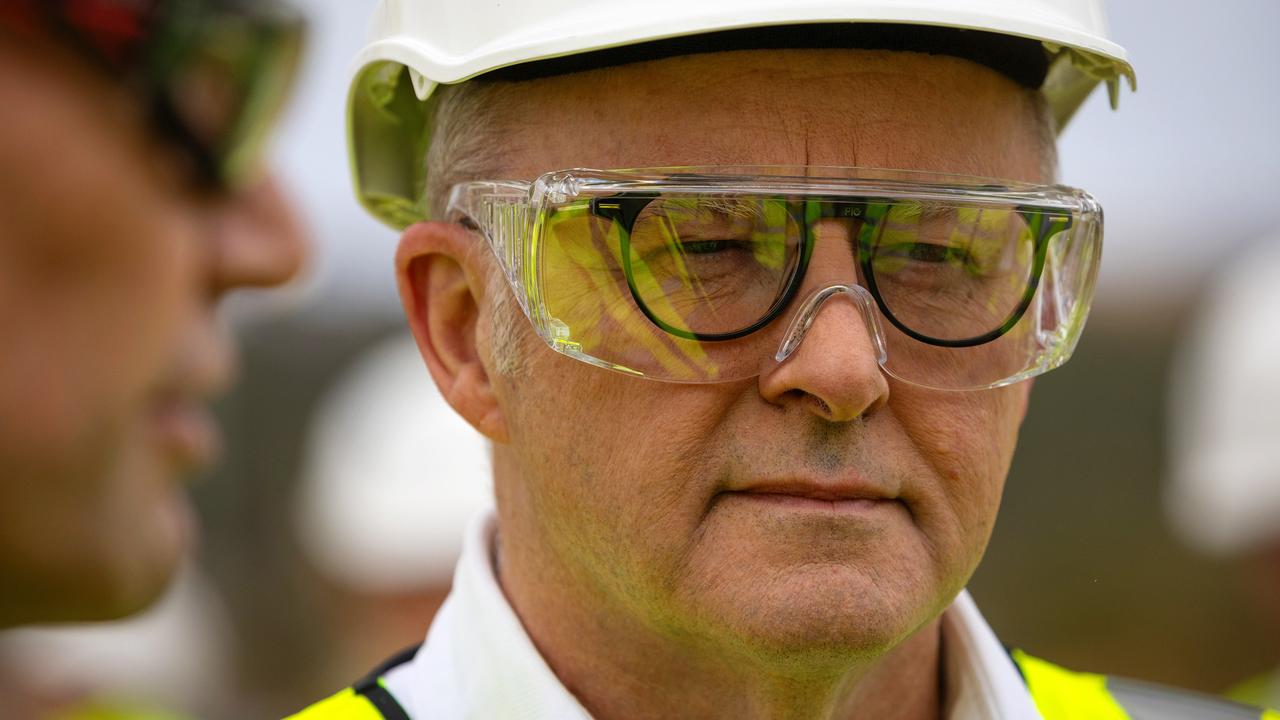Why ASIC wants to shine a light on the dark markets
Some of the fastest-growing parts of capital markets have largely functioned unseen. Regulators don’t want to be caught short when the next crisis inevitably hits.

Business
Don't miss out on the headlines from Business. Followed categories will be added to My News.
The big issue for ASIC chairman Joe Longo is the corporate regulator – or any regulator – has almost no visibility over one of the fastest-growing areas of capital markets.
Over two decades private credit has moved from the sidelines of private markets to become the driver of global capital flows, with the likes of majors KKR, BlackRock, Blackstone and even Macquarie leading the charge. And regulators have little sense of how big or interconnected these markets are, or where the obvious risks lay.
ASIC chair Joe Longo and commissioner Simone Constant have begun an important piece of work that attempts to map out the broader world private markets. From this will come the inevitable question of whether there needs to be a regulatory reaction to some areas of capital flows that have largely functioned unseen.

For years super funds and other managed funds have been ploughing tens of billions into private markets such as private equity and unlisted assets – indeed some super funds now have 20 per cent of their total assets tied up in markets with no visibility. And the biggest growth in all this is in private credit, which bypasses risk-averse banks and promises lenders high returns and tolerable risk. The super sector has been rushing in with increasing allocations to help keep returns constant.
The weight of money moving into private credit over the past two decades is clearly an area that’s been exercising regulators here and around the world. Last October, the Reserve Bank released its own position paper where it took a stab at the estimating the size of the domestic private credit market – $40bn. However, this wildly undershoots market estimates. EY says the figure is closer to $200bn.
Going private
For private markets as a whole, taking in private equity, private credit and managed infrastructure funds, there’s gnawing concern among regulators of the potential information asymmetry, which could be putting retail investors in public markets at a disadvantage.
But the biggest fear is that another major economic shock that takes place in private markets and spills over into public markets, and the regulator simply has no grasp of what it is dealing with. Remember when the Global Financial Crisis hit? The scale of destruction wrought by opaque structured instruments such as CDOs and CLOs only became apparent after the fact. Private credit has so far seemingly navigated the higher interest rates, and like bank lending, it is yet to be tested by a surge in unemployment or an economy falling into a prolonged recession.
Longo says shifting ASIC’s gaze to private markets doesn’t suggest it’s an area where new or tougher regulations should automatically follow. Rather is a matter of being prepared for the worst. Of course, the light regulatory touch – even to the extent of less onerous disclosure documents – has been a large part of the appeal for funds going private.
“We do need to shine the light on what’s going on in these markets,” Longo tells The Australian. “This is not necessarily because the next financial crisis is going to come out of the private markets, but if there is a crisis, hopefully we’ll be in a better position to deal with it and perhaps avoid it altogether.”
ASIC has put a number on total private market exposure of nearly $150bn, which is big enough to represent a significant financial shock, but it is not yet the scale of the systemic failure of a bank or public markets.

There are three areas ASIC’s new position paper seeks to map out: private market risks and market efficiency; the barriers for retail investors getting access to private markets; and finally, transparency and monitoring of the financial system.
There is a second goal with the paper, Longo says, and that’s to ensure it promotes market integrity, so Australia remains an attractive place to invest regardless of public or private markets. Here, the ASIC chairman is aware of the risks that heavy regulation could scare away investment in what is still an emerging capital force.
Advocates of private markets point to the strength in unlocking capital to fuel an economy. The BlackRock co-founder Larry Fink last week told The Australian the real engine room of US economy was the combination of deep public and private markets. Fink, who heads the world’s biggest asset manager, says Australia has not yet really tapped the potential of the $4 trillion in super savings which is largely heading offshore.
“Australia, has this incredible retirement system, the best in the world – but too much of the economy rests on four or five banks,” Fink says.
ASIC’s examination of the rise in private markets also has an uncomfortable edge for Australia’s ASX. The pressured exchange operator sits on top of a nearly $3 trillion market, but it has underperformed in attracting new capital. Clearly the growth in private markets is coming at the expense of public markets. More than $100bn in equity value has been lost from public markets through takeovers in recent years, many have see companies fall into privately managed funds. This has barely been replenished, with IPOs running at a five-year annualised average of just under $5bn. The biggest over this period was data centre player DigiCo Infrastructure, which raised nearly $2bn late last year and debuted with a $2.7bn valuation. To be fair, there’s also a great deal of cyclical factors going on, with IPO markets remaining soft globally. But if capital is the stuff that gives oxygen to an economy, Australia needs to do a better job attracting more.
johnstone@theaustralian.com.au
Originally published as Why ASIC wants to shine a light on the dark markets



